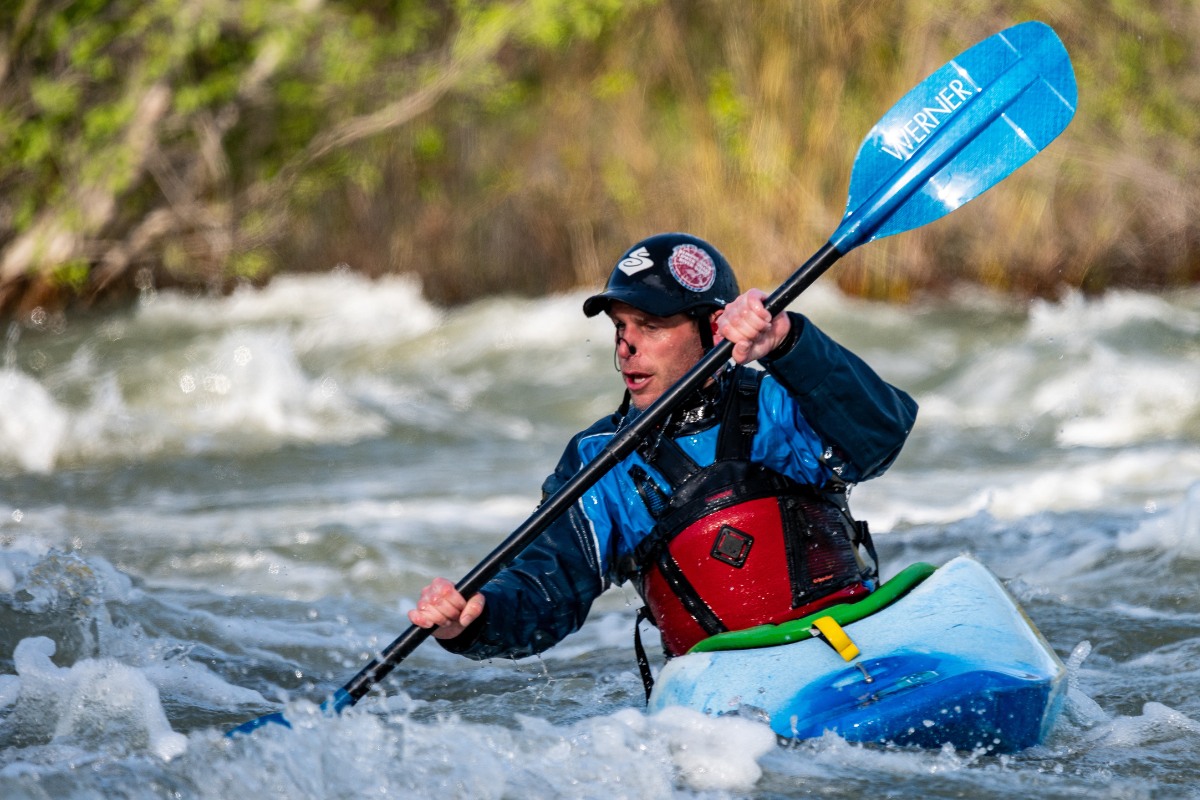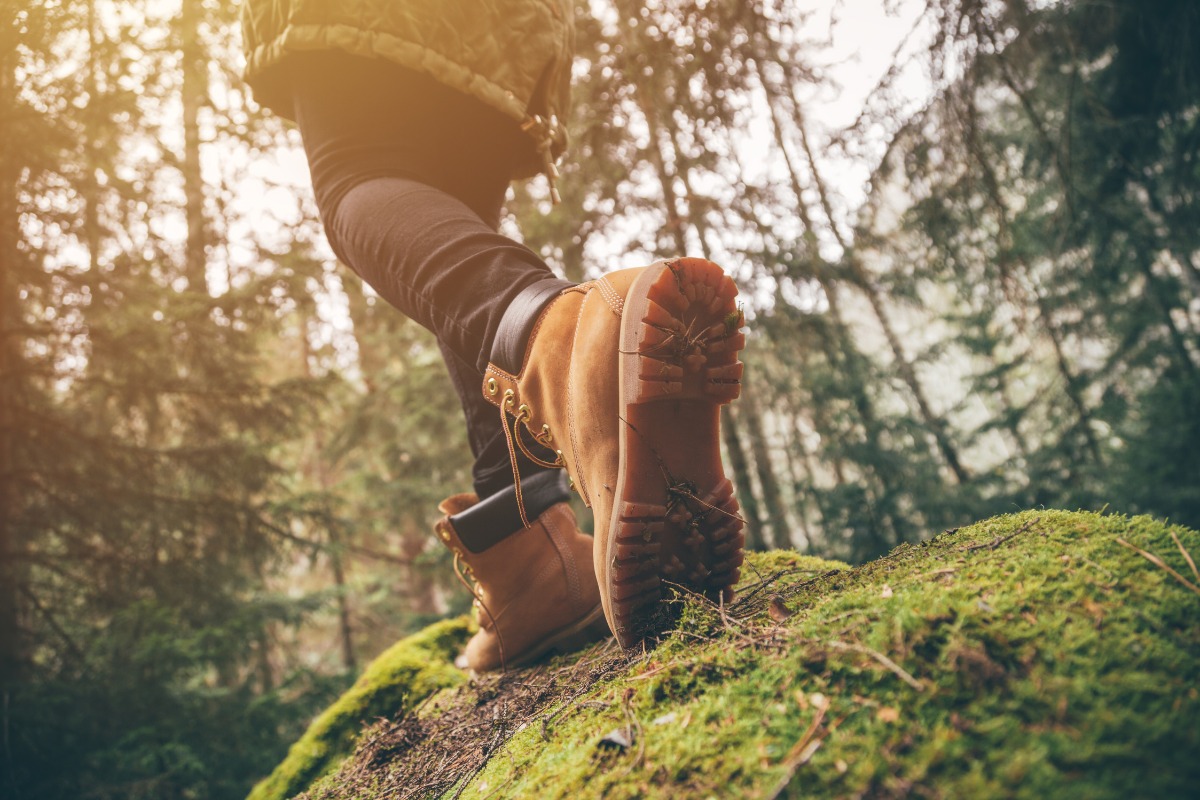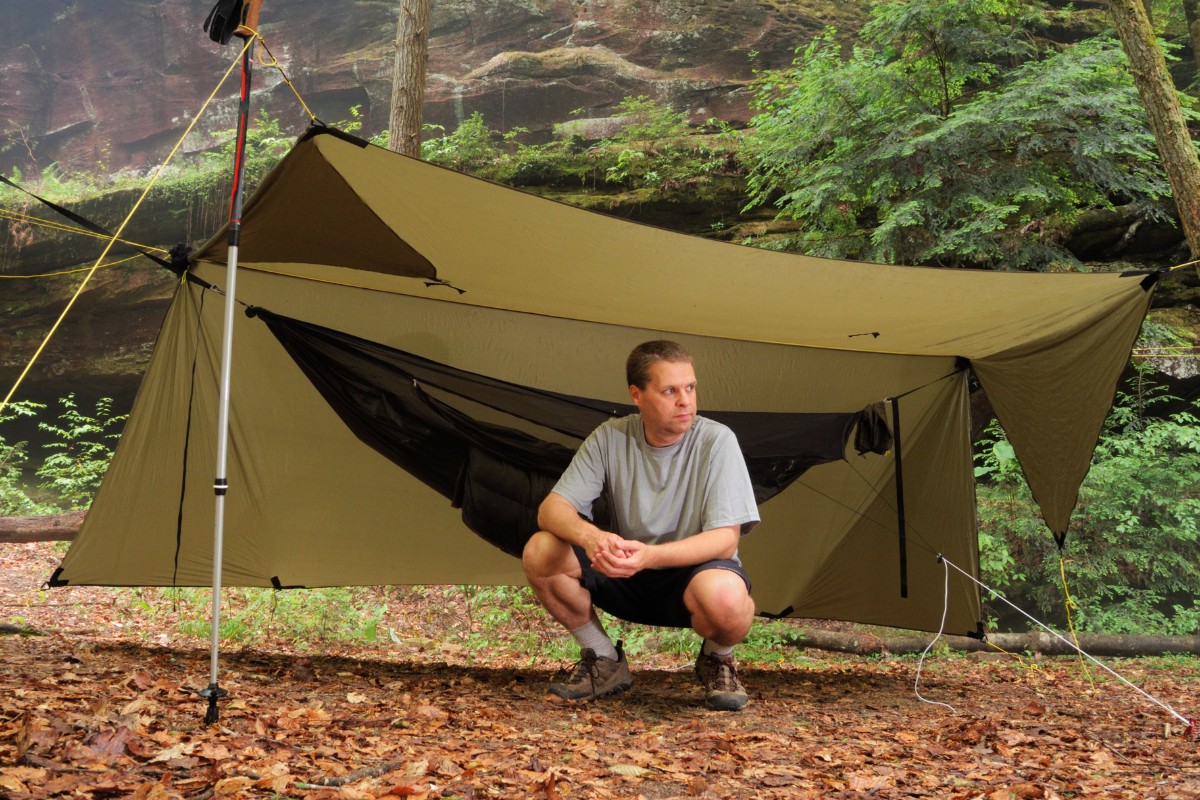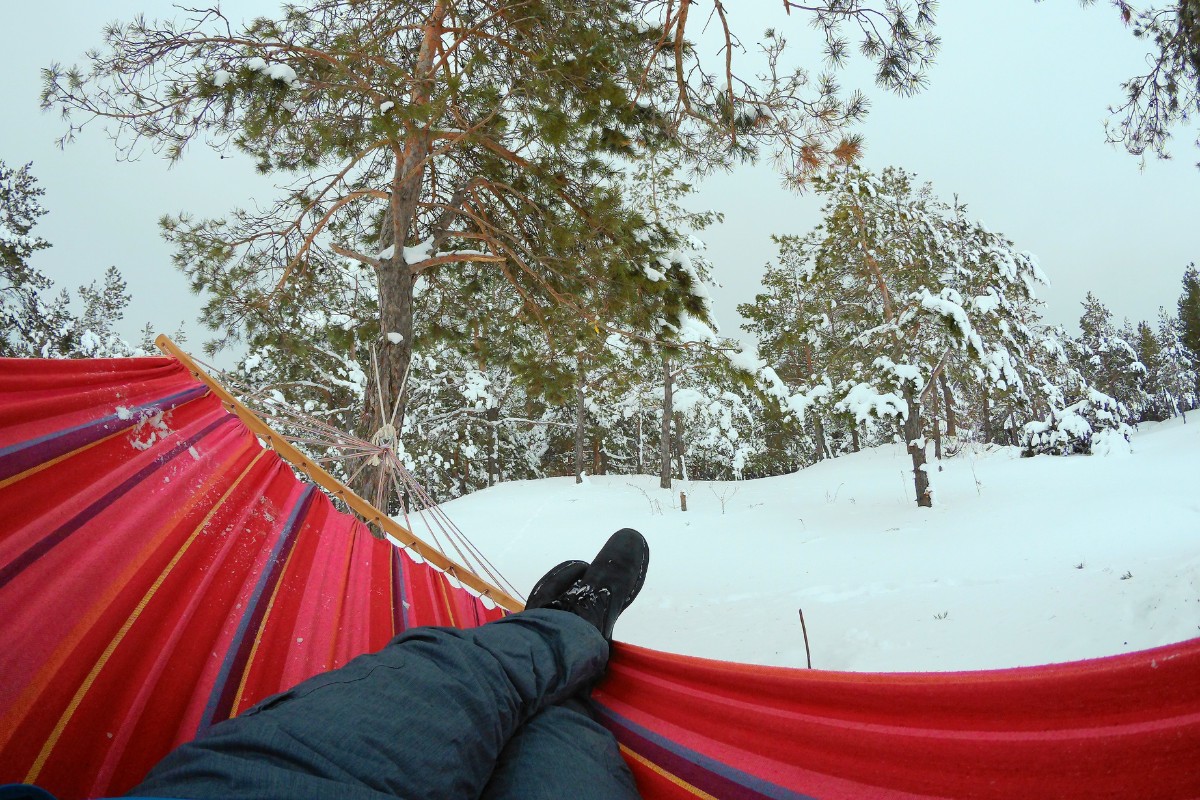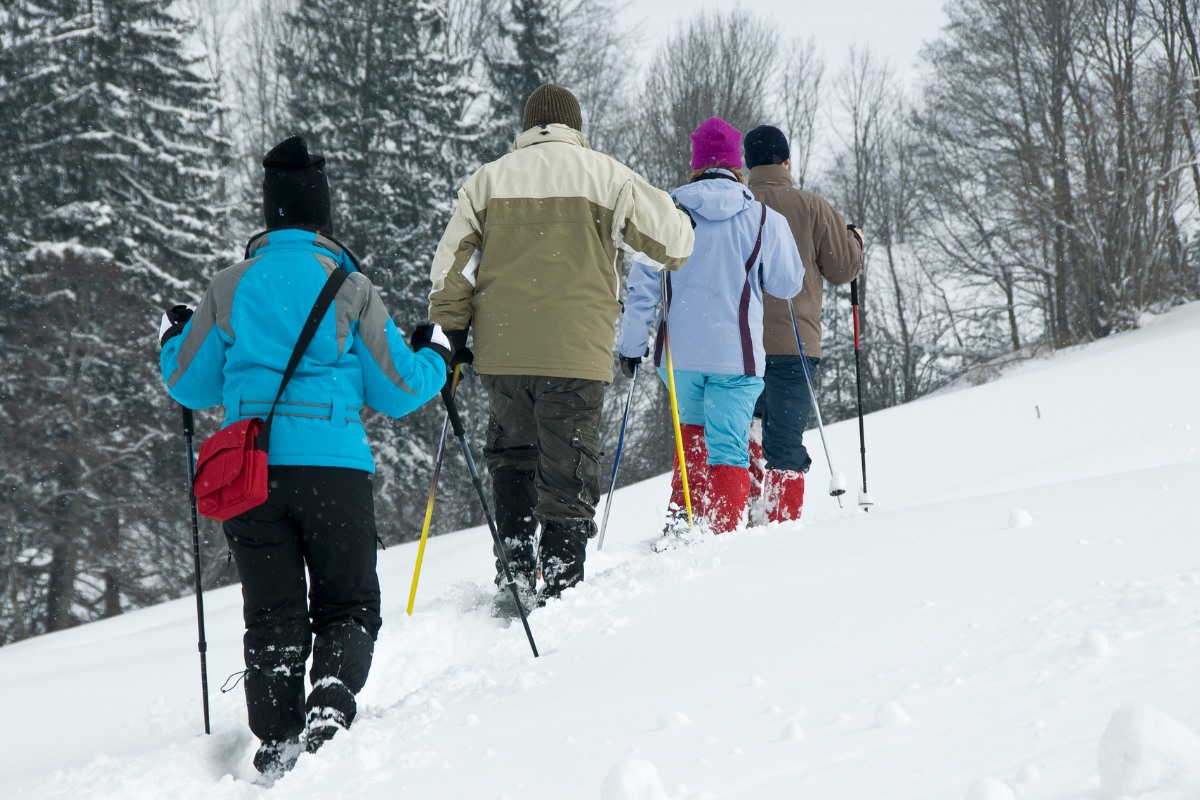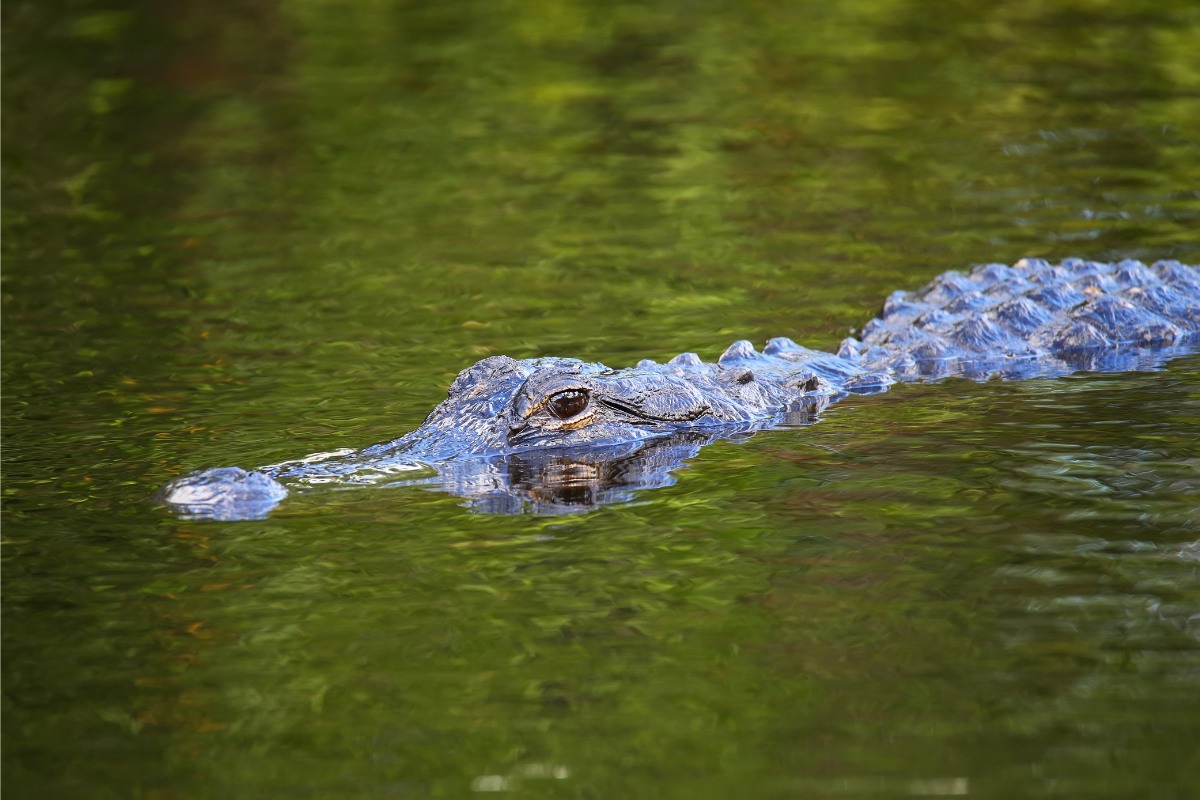Let’s say you’re a thrill lover and have gathered your confidence to hit the rapids for the first time. If you’re prepared to go kayaking, there are some special wears that will get you ready for your journey.
Before you begin, it’s a good idea to ask yourself, “What kind of weather will I be going into?” This all depends on your location, the seasons, and sheer timing. In order to adjust to changing variables, here is an organized list of clothing to wear when kayaking in different weather conditions.
Rainy Weather
So you’ve prepared and steeled yourself, gathered your kayak and your necessary gear. But, just as you hit the water, it starts to rain. Instead of changing your mind before the adventure starts, there are some perfect types of apparel that will help you deal with a downpour. As a preface, depending on the level of difficulty of your kayaking experience, you probably will still get pretty soaked, but to prevent a through-and-through wetness when it’s raining, it’s important to think, “What am I trying to prevent?”
You want to stay dry underneath your outer layers. So, it’s important to choose something that will wick moisture and insulate well, to prevent cold, wet, sticky clothes. You’ll want to wear anything from wool to synthetic clothing. Another safe bet is a rain jacket.
For wool clothing, you’re going to want Merino wool. Through a process known as “heat of sorption,” the binding energy of sorbed water by solid particles, like the fibers of wool, Merino wool is a fantastic insulator. In general, this is a good way to go if you want to stay dry under your clothes.
Then you can take a quick stop at synthetic clothing. The best options universally, especially during rainy weather, seem to be nylon and polyester blends. Anything that wicks moisture and dries quickly is the way to go. So to choose some types of synthetic clothing, stick to those two blends, and go with packable nylon rain shirts and pants. What you’ll find through most of your own personal research is that most bottoms and tops to stay dry are synthetics with fleece, and straight-up rain pants, which tend to be built out of the same materials.
Sunny/Warm or Hot Weather
There’s nothing better than watching the sky part, having the rain be removed, and watching the sun peek through. On a sunny, warm weather day, it’s still important to pack the right outfit to keep your kayaking journey as comfortable as possible.
Your main goal during warm weather is to stay cool, hydrated, and protected from the sun. It’s important that you stick with something that keeps you from overheating. That’s why long sleeve shirts and pants are a go-to. It might seem weird to choose full-body coverage if you’re trying not to be too warm, but this will prevent your skin from being damaged by the sun. Another reason is that if you’re wet, you’ll dry a bit faster.
Look for clothing that is fast-drying and well-ventilated. If you can find UV-resistant clothes, even better. Some good choices are the dependable 100% polyester, cotton viscose fabrics, silk-weight, and Lycra fabric.
You also want to prevent blinding yourself by the sun or burning your face. That’s why wide-brimmed, flexible, and moisture-wicking hats are a good choice. Also, look for buffs and sun masks. A good buff very simply is a versatile piece of fabric, ideally made out of UV-resistant materials, Merino wool, and other sweat-under-wraps style fabric to keep the sun at bay.
Along with all of this, the importance of good eyewear can’t be overstated enough. Kayakers are especially susceptible to eye damage due to sunlight reflecting off the water’s surface. To fix this, go for polarized glasses, floatable glasses to keep you from losing your eyewear, and vented sunglasses.
Cold/Snowy Weather
You’ve made it now through downpouring rain, scorching sun, and now after all these crazy offerings by nature, you sense a great cold coming. If you’re prepared to go kayaking during the winter months, or it’s starting to snow, it’s a good idea to pack appropriately, as this can be the most dangerous weather while hitting the water.
Just as we did for rainy and sunny/hot weather, you’re going to ask yourself, “What am I most trying to prevent?” During cold weather and snow, your main priorities are to insulate and stay dry, just like with rainy weather, but most important is to regulate your body temperature. The last thing you want is to be both wet and freezing while on the water.
Depending on the temperature, a wetsuit can be great protection from cold water, and not so savvy cold wind. The main benefit of wetsuits is that any small amounts of water let through your suit will be heated by your body, keeping your body temperature regulated. The main issue here is that wetsuits begin to lose their purpose once the temperature drops below 50 degrees (10 Celsius).
In terms of dependability, there’s not a better option than a good drysuit. If your intention is to stay dry, which it will be if you’re facing some seriously freezing weather, a good drysuit will keep you virtually watertight during the winter months. Say you choose a drysuit, the next step is to make sure you’re insulated underneath. Although you will probably be kept dry by your outer layer, it’s important that you stay warm and protected under your outer shell.
Another few articles that will keep you safe are gloves and good reliable pants, in case you end up in the water. For gloves, mittens and pogies are a solid choice, as they will keep your hands dry and warm. Pants are another tier of important clothing if you take an unexpected dip. The main takeaway is simple: choose a brand of pants that are quick-drying and insulated. Again, look to synthetic blends that also offer good warm linings.
Accessories and Dependables
You’ve made it through your journey, but you notice a few problems: you wore rustable items, and your shoes are, well, pretty useless now. Turns out your bottom half got super wet during your journey. The preventions you’re looking for are nearby, and that’s excellent. Here are some extra wear tips.
If you’re in saltwater, which wears down metals pretty quickly, or you’re in the water quite a lot, it’s good to pick rugged and durable plastic watches.
Lucky for you, the corrosion issues that you’ll find with watches won’t be a problem for your kayak metal components, usually. Chances are most things are corrosion-resistant, but your watch might not be.
For shoes, you’re generally looking at water shoes, boots, and sandals. Obviously, a good pair of sandals will be your warm-weather choice. These shoes will offer perfect breathability for your feet, along with unconcern for getting too wet. As for boots, this truly depends on the actions you take in and out of your kayak.
If you’re entering and exiting your kayak quite a bit, nice durable boots are a good option. Let’s say you’re walking on sharp rocks, oyster beds, or anything that requires a raft exit then you can usually rely on some good-fitting neoprene boots.
As for your water shoes, your main goal in buying these should be to shed water, and namely to prevent you from being weighed down by shoes full of the river or ocean’s bounty.
Finally, socks. Neoprene, water socks, Kevlar, these are just a few examples of the types of socks you’re looking for. The main idea, as with all of these types listed above, is to stay warm and dry.
Despite the coldness of the water or the wind, or the wetness of the world around you, your main goal should be to get a pair of socks that serve you a safe, warm, and dry journey.
Conclusion
As long as you do your research, you’ll have a great time. After some weather prepping, and a reliable wardrobe, you will be ready to face any kind of changing temperature and weather condition the world will throw at you. The best tip is to stay prepared and purposeful in your actions and in buying apparel. Best wishes on the water!
